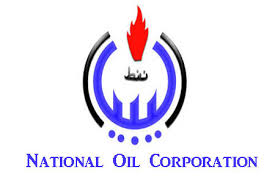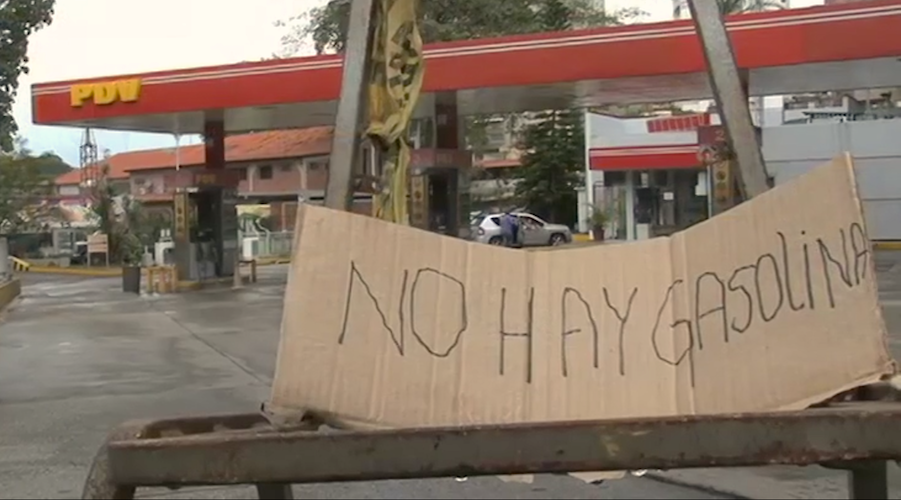
hortages of gasoline in Venezuela in March 2017. Reference photo from Wikimedia Commons.
https://www.reuters.com/article/venezuela-pdvsa-gasoline/feature-desperate-for-fuel-venezuelans-steal-pdvsa-crude-and-make-their-own-gasoline-idUKL1N2GV067
MARACAIBO, Venezuela (Reuters) - Venezuelans, desperate for fuel after
months of shortages, have begun stealing crude from idled fields owned
by state oil company Petroleos de Venezuela [PDVSA.UL] and distilling
homemade gasoline, according to two PDVSA workers and a half dozen
people familiar with the practice.
The amount
of crude stolen is a tiny fraction of Venezuela’s output. But the
activity is testament to the crises at PDVSA, which can no longer supply
the country’s population with fuel.
Venezuela’s
once-formidable 1.3 million barrels per day (bpd) refining network has
collapsed, oil and refining installations have little security or
maintenance, and the firm is unable to retain qualified workers as
salary values erode.
The
company has hit a new low this year. Under pressure from U.S. sanctions
- part of Washington's effort to oust President Nicolas Maduro -
Venezuela's crude output fell to just 397,000 bpd in September, down
from 1.2 million bpd before the sanctions were imposed in January 2019
and the lowest level since the 1930s. PRODN-VE
The
sanctions have targeted gasoline imports, forcing Venezuelans to wait
in snaking lines outside gas stations. Many citizens regard that as a
bitter indignity in an OPEC producer, which has, by some measures, the
world’s largest crude reserves.
The
supply chain for the so-called “artisanal gasoline” begins at oil
fields such as La Concepcion in the western state of Zulia, which
produced more than 12,000 bpd of high-value light crude 15 years ago.
The
field has been idled for two years as PDVSA, once one of the top 10 oil
companies in the world by crude output and a major exporter, has
collapsed into a shell of its former self.
DEMANDING ACTIVITIES
Small
tubes now jut out of holes drilled into pipelines that were built to
carry La Concepcion’s crude to storage tanks and export facilities. The
tubes bring the oil to rudimentary refineries in backyards of a nearby
town, according to Danny, a PDVSA worker who asked to be identified by
his first name.
PDVSA
employees, earning just a few U.S. dollars per month, accept small
bribes to turn a blind eye to the theft, Danny said. Security forces
barely bother to guard the dormant facilities, a pattern replicated
across Venezuela, where equipment theft from oil fields has become
common during the country’s six-year economic collapse.
“It is obvious that people are stealing the oil, which is the only source of wealth we have,” Danny said.
PDVSA
did not respond to a request for comment. A former company executive
estimated that less than 1,000 bpd of crude is stolen, less than 1% of
total output.
PDVSA
has spent months trying to fix refineries that have fallen into
disrepair due to a lack of funding for maintenance and to buy spare
parts. The efforts and have been plagued by oil spills, gas leaks, and
fires that have injured workers.
The company
managed to restart gasoline output at its 310,000 bpd Cardon and 146,000
bpd El Palito refineries in June and July, respectively, but both have
suffered multiple unplanned outages in the months since, resulting in
intermittent fuel output.
“We
cannot perform such demanding activities if we’re hungry,” said Freddy
Camacho, an engineer who has worked on the effort to restart the Cardon
refinery, and repairs refrigerators for extra cash.
Maduro blames sanctions for the gasoline shortages, but says Venezuela must boost fuel production.
THE SKINNY
Until this year, Venezuelans had no need to steal crude to make their own fuel.
Similar
activities have long been common in Nigeria, where dozens of illegal
refineries process crude stolen from pipelines. In other Latin American
oil producers, such as Mexico and Brazil, it is common for criminal
gangs to steal fuel from pipelines coming out of refineries, rather than
take the raw material.
In
Venezuela, abundant fuel had for decades been essentially free thanks to
subsidies. But that situation was a distant memory by early August,
when Jaime - a dairy farmer in Zulia - needed to send cheese to market
in state capital Maracaibo, but could not find any gas to drive there.
A
neighbor suggested he call a man named “El Flaco” - Spanish for “The
Skinny Guy” - in the nearby town of La Concepcion. Jaime did not ask ‘El
Flaco’ where the gasoline came from, but he was aware of the growing
crude theft and makeshift refining taking place in Zulia.
“They
get it out of oil wells here in La Concepcion. They boil it and pass it
through copper tubes, and then sell you the liquid that drips out,”
Jaime told Reuters on the condition his last name not be published.
Danny,
as well as another PDVSA worker and several people whose relatives are
engaged in the activity, described the process to Reuters.
At
the field, thieves puncture pipelines, and, holding a blowtorch below
the pipe, heat up the crude so it flows into smaller tubes they insert
into the punctured hole.
Videos of the clandestine refineries have circulated on social media here.
In one, a small fire is seen burning under two black canisters held in a
rusted barrel, with a series of small tubes transporting clear liquid
into buckets. A larger tube, buried underground, transports that liquid
into white gas cans.
Jorge Leon,
an engineer specializing in industrial security for the oil industry,
said the fluid the makeshift refiners were extracting was chemically
volatile and lacked the additives normally added to gasoline to ensure
safety for car engines.
“Not only can it damage the engine, but it could cause explosions,” Leon said.
The artisanal gasoline Jaime bought from El Flaco did not turn out to be a viable solution.
“The
truck drove fine for a couple days, but three days after, the engine
started to sputter,” Jaime said. “Now it won’t turn on.”
Reporting
by Mariela Nava in Maracaibo, Venezuela and Luc Cohen in New York;
Additional reporting by Mircely Guanipa in Maracay, Venezuela; Editing
by Simon Webb and Marguerita Choy





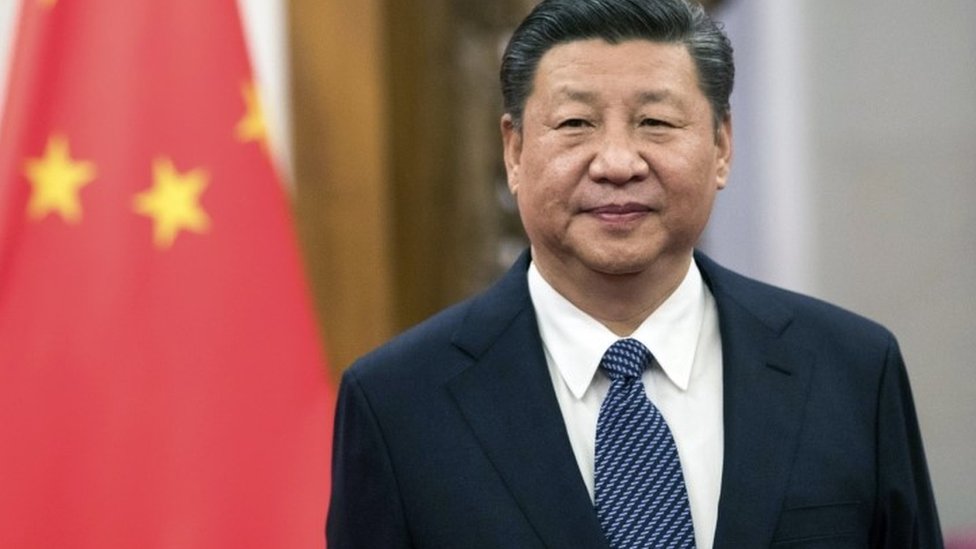

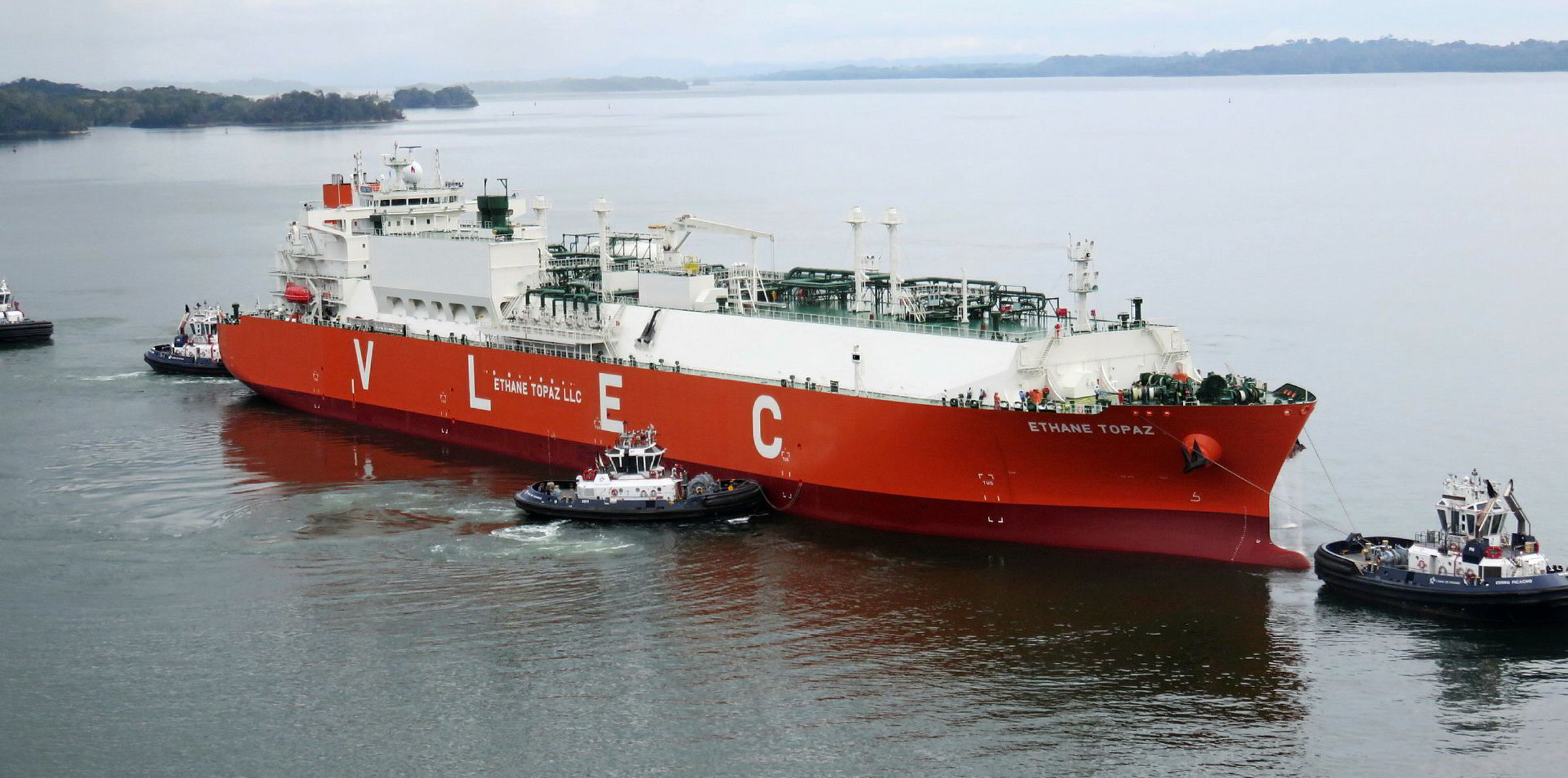
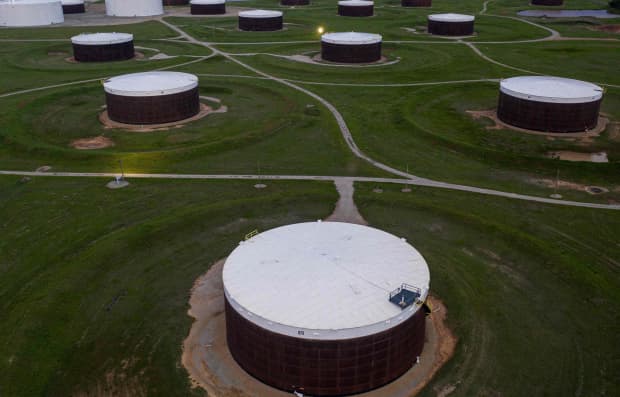



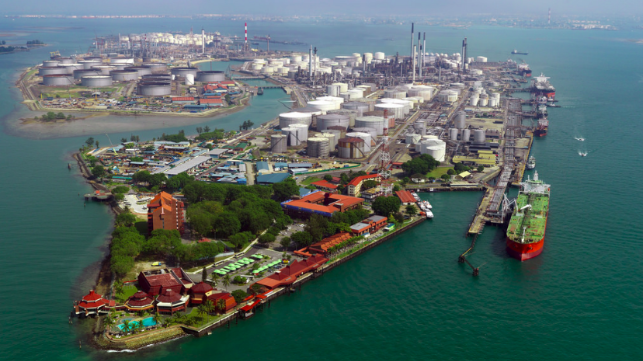

:strip_exif(true):strip_icc(true):no_upscale(true):quality(65)/arc-anglerfish-arc2-prod-gmg.s3.amazonaws.com/public/E335XPS52VERTHWKJW36SLTIVI.jpg)


